Known by a variety of names—the AB Bodafors Chair and Furniture Factory, AB Svenska Möbelfabrikerna i Bodafors, Svenska Möbelfabriken AB, to name a few—Bodafors was one of Sweden’s earliest incubators for the application and subsequent renown of Scandinavian functionalism in furniture design. At one point, with over 400 employees, it was the largest furniture manufacturer in the Nordic region. The name is drawn from the town where the company is located, in the Småland region of Sweden.
Founded in 1918 via merger of small-scale Swedish manufacturers—chiefly, the Bodafors-based factories of brothers John Albert (1859-1913) and Frans Oskar Zeinwoldt (1860-1924) along with Värnamo Möbelfabrik and Carl Fredriksson's Träförädlings AB in Katrineholm—Bodafors established its main production in its namesake town, a particularly strategic location for furniture manufacturing that offered immediate access to railways, forests, and hydroelectric power.
From this factory, alongside one smaller facility in an existing space at Värnamo, Bodafors quickly cultivated a highbrow prestige countrywide, producing (mostly) series of practical furniture for an upper class Swedish minority. The company was awarded a Gold Medal at the landmark Exposition Internationale des Arts Décoratifs et Industriels Modernes held in Paris in 1925 and, later, by extensive representation at the paradigm-shifting Stockholm Exhibition in 1930, which opened the world’s eyes to the Scandinavian approach to modernist architectural and interior design.
From the 1930s onward—rather in contrast to comparable Swedish furniture manufacturer Nordiska Kompaniet—Bodafors began modifying its design focus toward the expanding Swedish middle class. The 1950s and ’60s proved to be a particularly prolific era for this kind of production: Practical, well-made, competitively priced seating, tables, and casegoods—many of which were crafted in woods of teak, mahogany, and oak—became hallmarks of the Bodafors catalogue at this time.
Personnel-wise, Swedish interiors and furniture designer Axel Larsson (1898-1975) lays claim to much of Bodafors’ design innovations and industry imprints across the company’s lifespan. His tenure as the company’s head designer, from 1925 to 1956, was notable for the role he played in pioneering mass production processes, as well as for design commissions such as the Gothenburg Concert Hall. Bodafors also culled much of its stature from outside collaborations with Swedish functionalist modernist design heavyweights. Carl-Axel Acking, Bertil Fridhagen, Carl Malmsten, Bruno Mathsson, Josef Frank, Axel Einar Hjorth—all produced for Bodafors in the midcentury, with many involved (e.g., Malmsten, Einar Hjorth) at the very beginning of their expansive, influential careers.
Beyond practical goods for private homes and clients, Bodafors also manufactured furniture and furnishings for commercial offices, cinemas, schools, restaurants, hospitals, and ships. The company remained a heavy player in the Swedish design game until its dissolution in 1971, when it was absorbed into the Mälmo-based DUX furniture group.
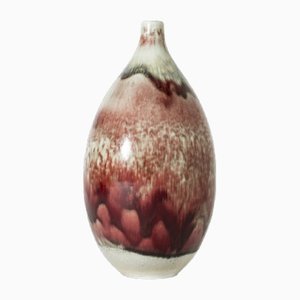
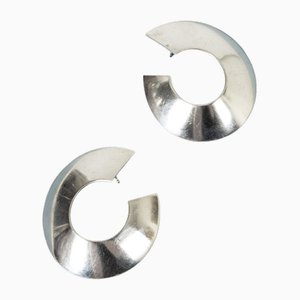
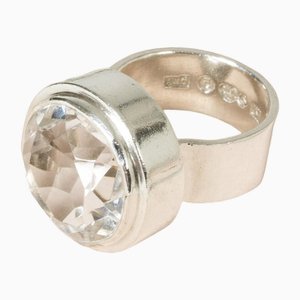
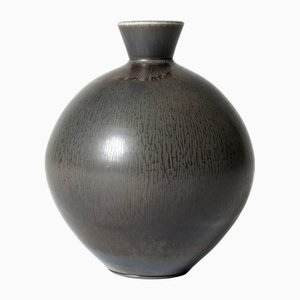
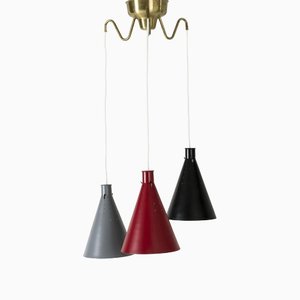

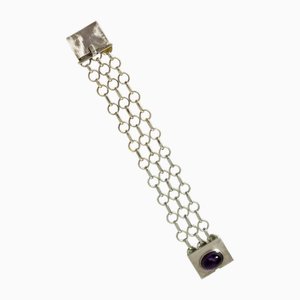
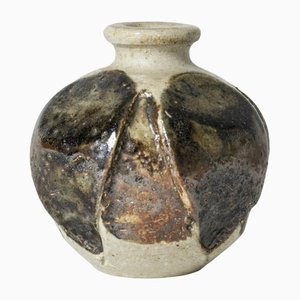

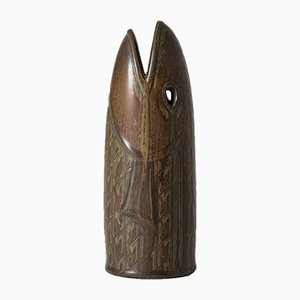

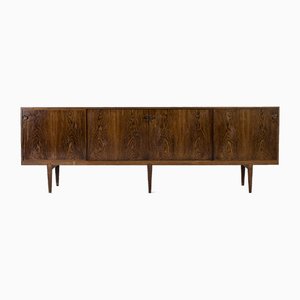
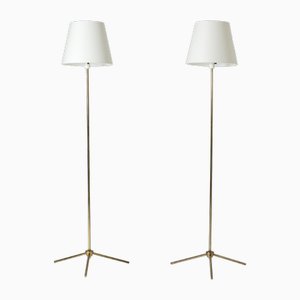
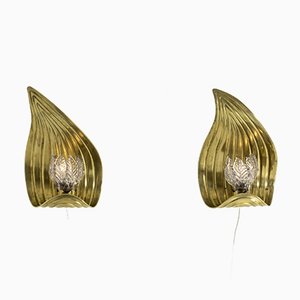
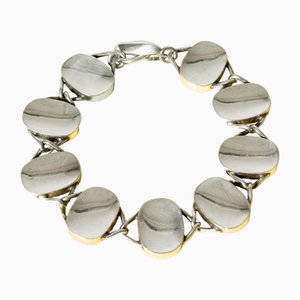

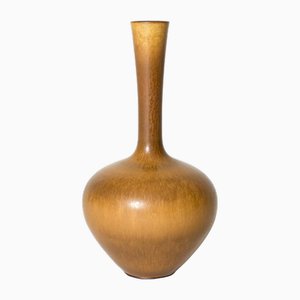
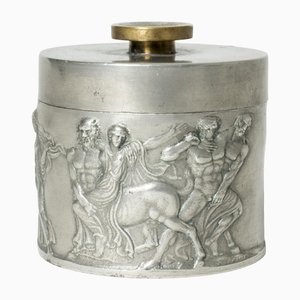
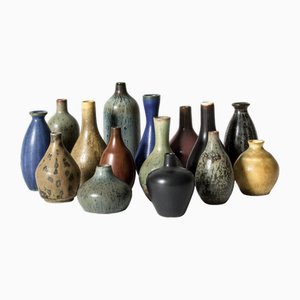
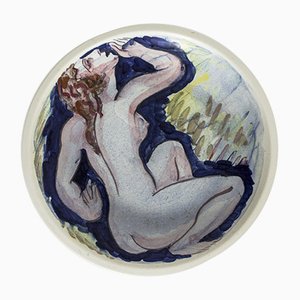
Contacta con nosotros
Haz una oferta
¡Hemos notado que eres nuevo en Pamono!
Por favor, acepta los Términos y condiciones y nuestra Política de privacidad
Contacta con nosotros
Haz una oferta
¡Ya casi está!
Para seguir la conversación en la plataforma, por favor completa el registro. Para proceder con tu oferta en la plataforma, por favor completa el registro.Exitoso
Gracias por tu consulta, alguien de nuestro equipo se pondrá en contacto contigo en breve.
Si eres profesional del diseño, por favor solicita aquí los beneficios del Programa comercial de Pamono